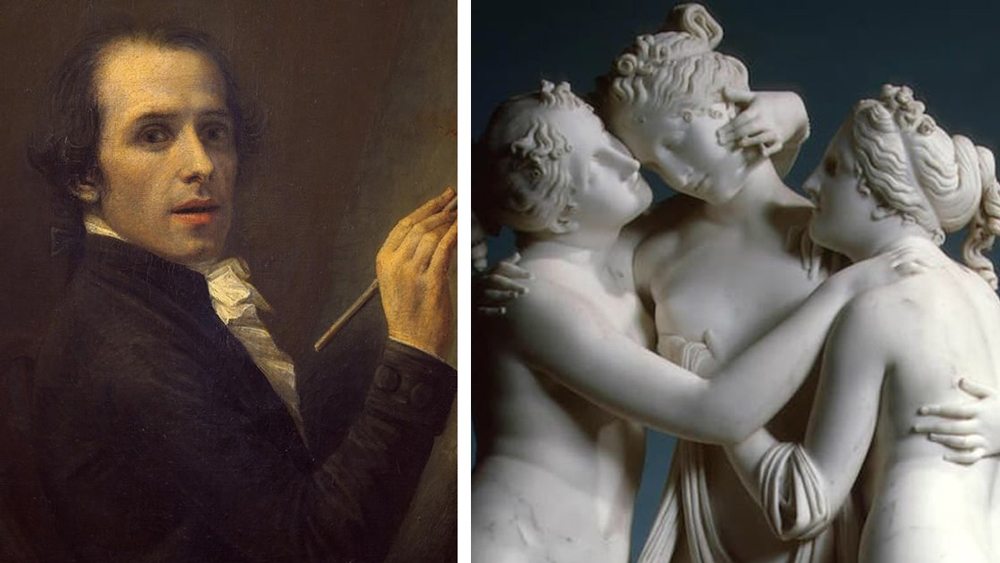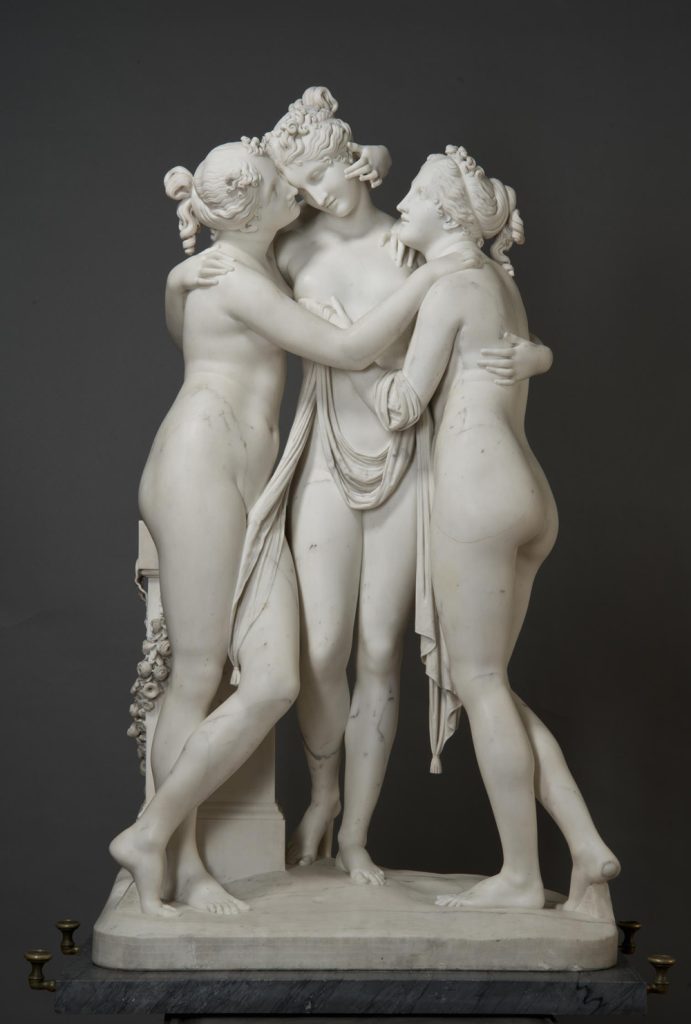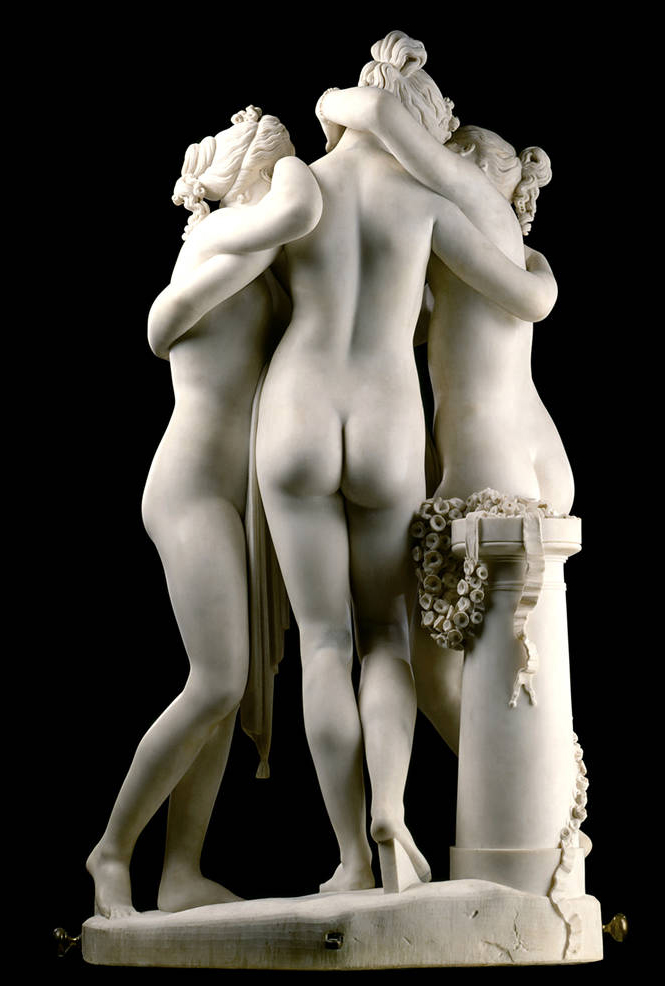Introduction of the three graces

The Three Graces is a masterpiece created by Italian neoclassical sculptor Antonio Canova in Rome from 1814 to 1817. It is recognized by the international art community as one of the outstanding representatives of neoclassical European sculpture. This group of sculptures composed of three mythical sisters is actually the second version of the original work, which was originally commissioned by Jos é phine de Beauharnais, Napoleon Bonaparte’s first wife.
Creative background
Antonio Canova is known as the master of neoclassical sculpture, and his works emphasize the study of classical art and the inheritance of traditional techniques. Before creating ‘The Three Beauties’, he was tasked with carving a similar sculpture for Josephine de Boarne to express his respect and admiration for her. However, Josephine’s sculpture was not completed because she divorced Napoleon. Afterwards, Canova remade the original model and created the second version of ‘The Three Beauties’, which ultimately became one of his representative works.
The Artistic Characteristics of Sculpture

The Three Graces showcases Canova’s outstanding sculptural techniques and profound understanding of human form. The following are the main artistic features of this sculpture:
Elegant posture: The three beauties snuggled together in an elegant posture, their bodies light and smooth, showcasing Canova’s exquisite mastery of human proportions and dynamics.
The use of light and shadow: Canova is adept at utilizing the effect of light and shadow to make the muscles and lines of sculptures more prominent, enhancing the three-dimensional sense.
Exquisite carving: The facial features and body details of the sculpture are finely carved, and each beauty god has unique expressions and features.
Classic theme: The theme of “The Three Beauties” originates from ancient Greek mythology, which is in line with the reverence and tracing of classical culture by neoclassicism.
Important Contributions to Neoclassical Art

Antonio Canova’s sculpture ‘The Three Beauties’ has had a profound impact in the history of neoclassical art:
The representative work of neoclassicism: “The Three Graces” is considered one of the masterpieces of neoclassical sculpture, emphasizing the love and pursuit of classical culture.
The combination of tradition and innovation: Through this work, Canova cleverly combines traditional sculpture techniques with a unique understanding of ancient art to create creative works.
International influence: The aesthetic value of ‘The Three Graces’ transcends national borders and has become one of the internationally acclaimed sculptures, attracting numerous art enthusiasts and collectors.
Conclusion of the three graces

Antonio Canova’s sculpture ‘The Three Graces’ represents the pinnacle of neoclassical art, showcasing his outstanding mastery and profound understanding of sculpture art. This sculpture is known for its elegant posture, delicate carving, and clever use of light and shadow, making it a treasure of Renaissance art. It is not only one of Canova’s representative works, but also represents Neoclassicism’s reverence for ancient culture and inheritance of artistic traditions. Nowadays, ‘The Three Beauties’ still attracts audiences and inspires people’s love and pursuit of the beauty of art.

